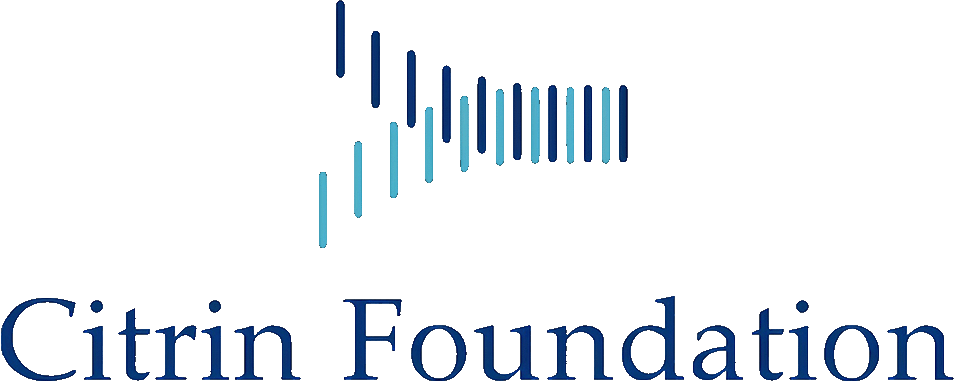Joseph A. BAUR, PhD
Institute for Diabetes, Obesity, and Metabolism, and Department of Physiology, Perelman School of Medicine, University of Pennsylvania
Modulating NAD+ availability in a rodent model of citrin deficiency
Introduction
The combination of citrin (aspartate-glutamate carrier 2, AGC2) deficiency and reductive stress blocks production of cytosolic aspartate (Asp). Citrin deficiency directly prevents export of Asp from the mitochondria to the cytosol. Under basal conditions, patients with citrin deficiency likely compensate via aspartate transaminase, which generates aspartate from oxaloacetate. However, this mechanism is sensitive to nicotinamide adenine dinucleotide (NAD+/NADH) redox status, as high NADH triggers conversion of oxaloacetate to malate, making it unavailable for conversion to Asp. Citrin is required for the malate-aspartate shuttle that maintains cytosolic redox status. Thus, it would be predicted that in the context of citrin deficiency, metabolites that generate cytosolic NADH, such as sugars and alcohol, would disrupt NAD+/NADH redox balance and cut off the supply of Asp, leading to hyperammonemia. This is borne out in animal models [1, 2] and by the pronounced tendency of citrin deficient patients to avoid these foods [3].
Nicotinamide riboside (NR) is a direct precursor to NAD+ that is orally available and can bypass the rate-limiting and most energetically costly step in NAD+ synthesis [4]. It is currently sold as a nutraceutical formulation and is being tested in human clinical trials based on promising results in mice for heart failure, diabetes, and cognitive disorders [5]. KL1333 is a synthetic substrate for NAD(P)H quinone dehydrogenase 1 (NQO1) [6, 7]. KL1333 and metabolites such as citrate or ethyl pyruvate can regenerate NAD+ from NADH, alleviating reductive stress in the cytosol. Thus, each of these interventions has the potential to restore metabolic homeostasis in the absence of citrin.
The goals of the proposal are:
- To develop standardized tests for prevention of acute hyperammonemia, treatment of acute hyperammonemia, and sustainable chronic treatments that confer metabolic resilience.
- Test nicotinamide riboside (NR) supplementation, an NAD(P)H quinone dehydrogenase (NQO1) substrate, citrate, and ethyl pyruvate in the above tests.
- To optimize promising treatments and/or test additional candidate therapies.
In addition to providing direct information on the candidate approaches that we have chosen, this work will result in the generation of a pipeline for testing and refining these and other interventions to guide the development of therapeutics for intervention in human patients.
Please find the list of references here.
(Updated October 2022)


 Joseph Baur is a Professor in the Department of Physiology and the Institute for Diabetes, Obesity, and Metabolism at the Perelman School of Medicine of the University of Pennsylvania. He has made key contributions to the understanding of how metabolism and dietary factors influence longevity. In 2006, Dr. Baur and colleagues showed that a small molecule, resveratrol, is able to improve insulin sensitivity and ameliorate premature mortality in obese mice. He led a team that revealed a mechanism accounting for off-target effects of rapamycin, a drug that extends life in mice, but has side effects that limit its utility in humans. His laboratory at Penn is currently focused on the use of small molecules to understand and mimic the health-promoting effects of caloric restriction in rodents. Within this area, a central focus of the lab is on understanding how changes in nicotinamide adenine dinucleotide (NAD+) metabolism contribute to aging, obesity, and disease. The Baur lab employs genetic models, isotopic labeling strategies, and metabolomics to probe the pathways by which NAD+ is synthesized and influences whole-body metabolism. The lab also has a strong interest in compartmentalization of NAD+ pools and was among several to recently co-discover the mitochondrial NAD+ transporter SLC25A51. Dr. Baur has co-authored more than one hundred peer-reviewed publications, as well as several book chapters and numerous invited commentaries and reviews.
Joseph Baur is a Professor in the Department of Physiology and the Institute for Diabetes, Obesity, and Metabolism at the Perelman School of Medicine of the University of Pennsylvania. He has made key contributions to the understanding of how metabolism and dietary factors influence longevity. In 2006, Dr. Baur and colleagues showed that a small molecule, resveratrol, is able to improve insulin sensitivity and ameliorate premature mortality in obese mice. He led a team that revealed a mechanism accounting for off-target effects of rapamycin, a drug that extends life in mice, but has side effects that limit its utility in humans. His laboratory at Penn is currently focused on the use of small molecules to understand and mimic the health-promoting effects of caloric restriction in rodents. Within this area, a central focus of the lab is on understanding how changes in nicotinamide adenine dinucleotide (NAD+) metabolism contribute to aging, obesity, and disease. The Baur lab employs genetic models, isotopic labeling strategies, and metabolomics to probe the pathways by which NAD+ is synthesized and influences whole-body metabolism. The lab also has a strong interest in compartmentalization of NAD+ pools and was among several to recently co-discover the mitochondrial NAD+ transporter SLC25A51. Dr. Baur has co-authored more than one hundred peer-reviewed publications, as well as several book chapters and numerous invited commentaries and reviews.